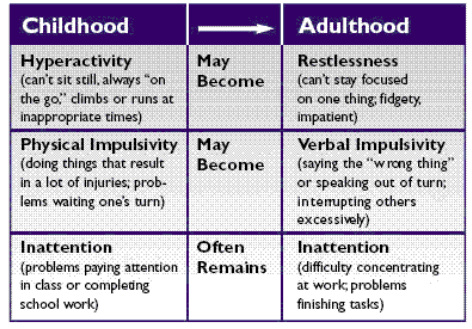Adolescence is a complex period of time in the human lifespan. It is the transitional stage between childhood and adulthood. Adolescence can be broken down into three stages,
EARLY (12-14 years old), MIDDLE (15-17 years old) and LATE (18-20 years old).
All books and websites I have researched like to break adolescence up into three stages, but none of the sources want to agree on the age groups! Some experts believe adolescence starts as early as 10 years old and does not end until the age of 22. The average of all the sources indicate that the adolescent phase begins in "the pre-teen" years during middle school, and ends at 21 years old when the child legally becomes an adult. As your teenager leaves the phase of adolescence, the following chart represents the typical changes that may be noticed in your child upon entering into adulthood.
What is a PERFORMANCE PATTERN?
A performance pattern is a habit, routine, role or ritual that is used by an adolescent to engage in an activity.
The specific performance patterns of a person influences their behavior, and how they will engage in their environment.
These performance patterns can either be a good behavior for your teenager, or a pattern which will cause them difficulty performing daily activities in their life. Let me break it down for you to understand each pattern a little easier...
The specific performance patterns of a person influences their behavior, and how they will engage in their environment.
These performance patterns can either be a good behavior for your teenager, or a pattern which will cause them difficulty performing daily activities in their life. Let me break it down for you to understand each pattern a little easier...
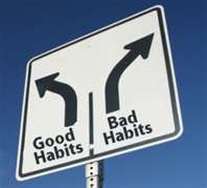
HABITS
These are automatic behaviors that your adolescent does which enables them to function on a day-to-day basis. Some habits they engage in may be useful, such as doing their homework as soon as they get home. Other habits may be bad for your teenager, such as smoking, not wearing a seatbelt, or skipping breakfast every morning.
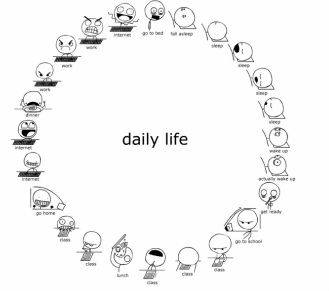
ROUTINES
These are patterns of behavior that are observable, regular, and repetitive that provide structure for daily life. Some routines of your adolescent may be satisfying or "promoting" such as taking a shower every morning, packing their own lunch for school, or going to bed early on school nights. Some routines your teenager may engage in could be damaging, such as staying up too late on school nights, repeatedly disrupting classes at school, or sneaking out of the house at night when you think they are in bed.
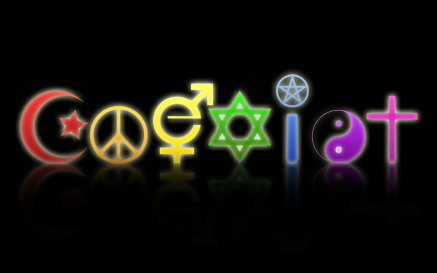
RITUALS
These are symbolic actions with spiritual, cultural, or social meaning that contributes to your teenagers identity. Common rituals of adolescents may include attending school related events and games, being a member of a youth group, or getting their drivers permit/license. Most rituals that adolescents participate in promote healthy patterns of behavior since they typically reinforce the child’s specific values (what they feel is important). Unhealthy rituals that can negatively impact an adolescents' well being could be drug use, eating disorders, involvement with a cult or extremist group, or excessively playing video games.
These are symbolic actions with spiritual, cultural, or social meaning that contributes to your teenagers identity. Common rituals of adolescents may include attending school related events and games, being a member of a youth group, or getting their drivers permit/license. Most rituals that adolescents participate in promote healthy patterns of behavior since they typically reinforce the child’s specific values (what they feel is important). Unhealthy rituals that can negatively impact an adolescents' well being could be drug use, eating disorders, involvement with a cult or extremist group, or excessively playing video games.
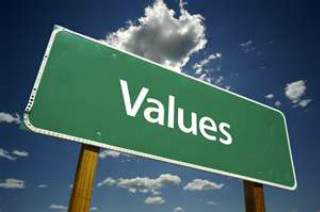
ROLES
These are a set of behaviors that are expected by society and shaped by the culture we live in. Typical roles of your teenager probably include student, son or daughter, friend, team mate, sibling, and eventually employee. Each role comes with a different set of responsibilities and appropriate behaviors. Every role also offers different values and beliefs for the teenager to explore and embrace. Adolescence is a period in life where people try on many different roles, which helps to form their identity as an adult.
These are a set of behaviors that are expected by society and shaped by the culture we live in. Typical roles of your teenager probably include student, son or daughter, friend, team mate, sibling, and eventually employee. Each role comes with a different set of responsibilities and appropriate behaviors. Every role also offers different values and beliefs for the teenager to explore and embrace. Adolescence is a period in life where people try on many different roles, which helps to form their identity as an adult.
(AOTA 2008).

